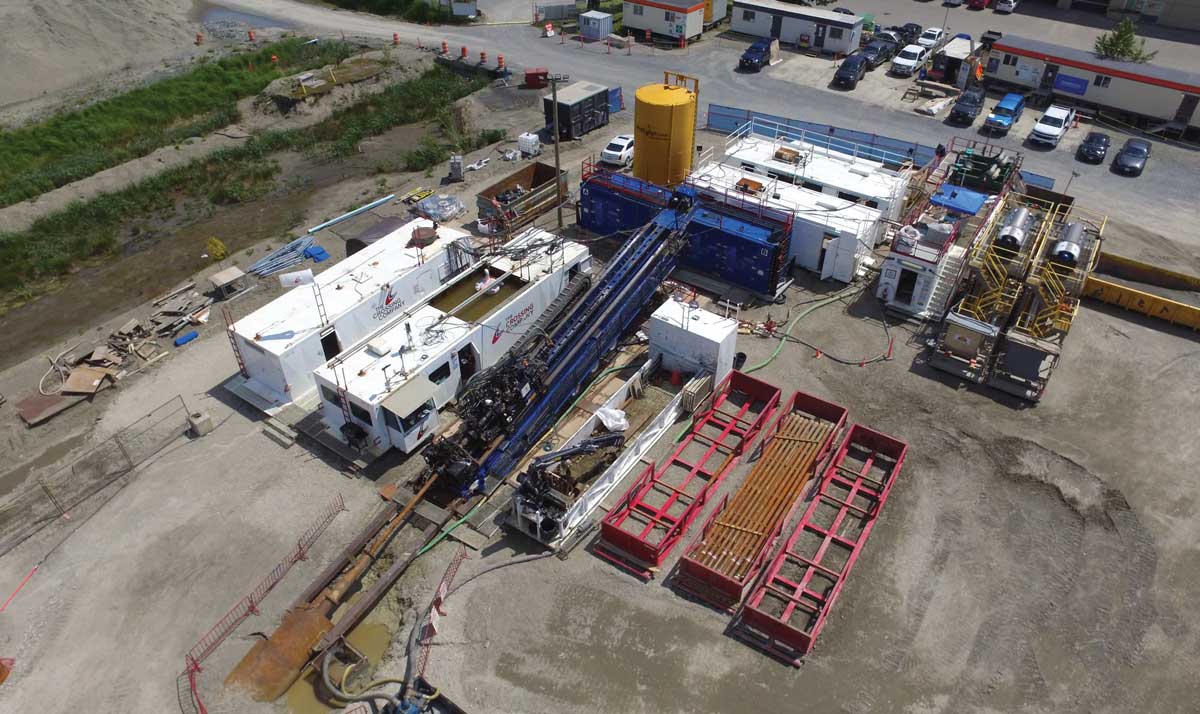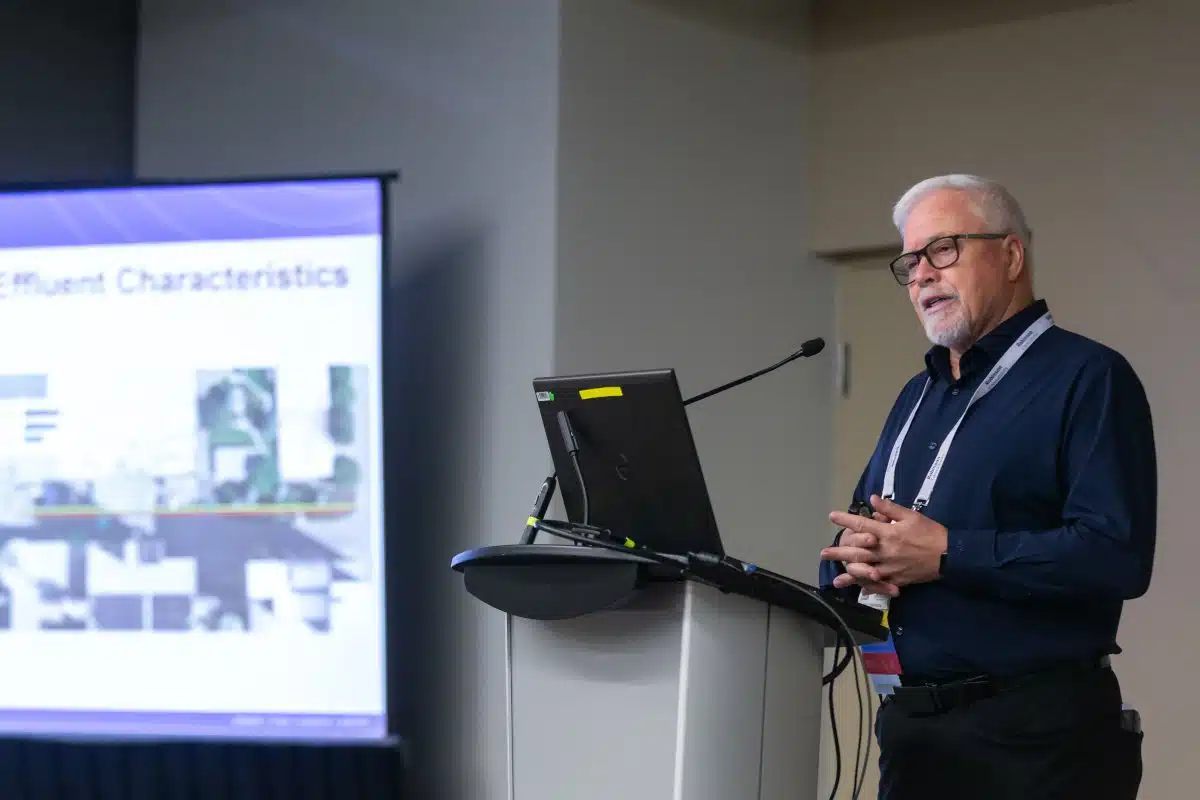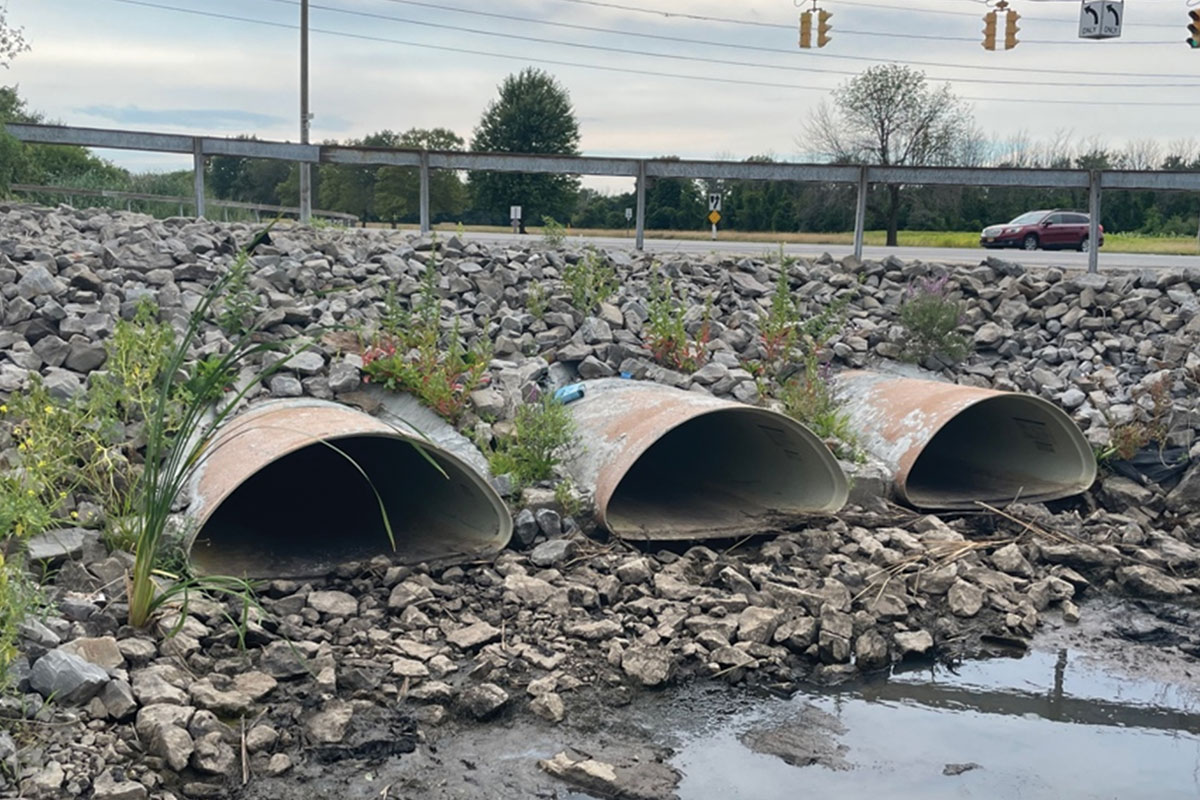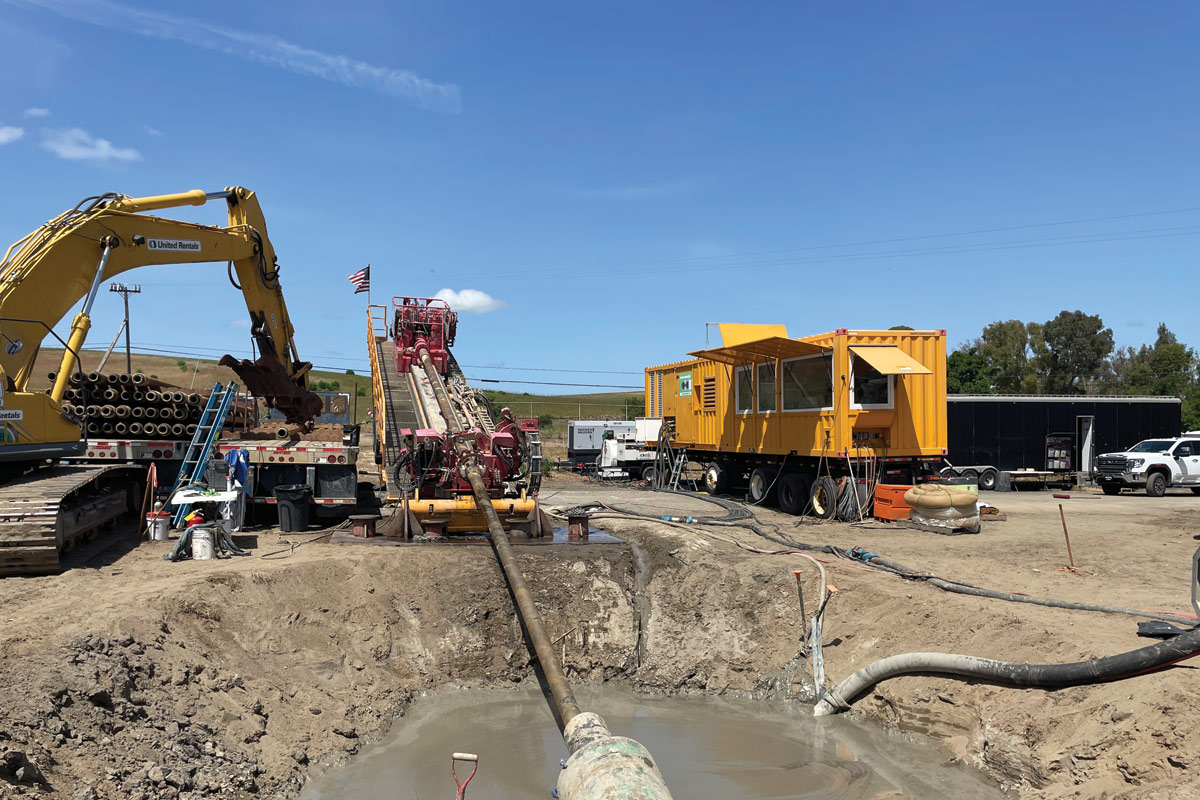
2023 Trenchless Technology Project of the Year New Installation Runner Up – Golden Ears Force Main and Fraser River Crossing

In 2016, the Metro Vancouver Regional District (Metro Vancouver) in British Columbia completed a study to evaluate options for upgrading the Fraser Sewerage Area to accommodate expected growth.
It was determined that the best course of action was the expansion of the Northwest Langley Wastewater Treatment Plant (NLWWTP), which currently serves 30,000 people in the Township of Langley. The end goal is to expand the plant to serve 280,000 people, including residents and businesses in Langley, Maple Ridge, Pitt Meadows and South Surrey.
Wastewater from Maple Ridge and Pitt Meadows currently flows to Annacis Island Wastewater Treatment Plant some 45 km away and the local system experiences untreated overflows during storm events. To divert the flows to the NLWWTP, a new pump station is being built north of the Fraser River in Maple Ridge.
Two new sewer pipes are being constructed under the Fraser River to connect the pump station in Maple Ridge to the upgraded treatment plant in Langley. A new storage tank, located with the pump station, will temporarily store wastewater to significantly reduce overflows during storms.

The Fraser River crossing involved the construction of twin parallel 914-mm (36-in.) diameter force mains and included two 1,650-m long horizontal directional drilled (HDD) crossings of the Fraser River. The project also included a 127-m long, 2,133-mm (84-in.) diameter steel casing installed below the Golden Ears Way on and off ramps in Maple Ridge to facilitate the HDD drag section layout during construction and ultimately to host the twin force mains.
The force mains were designed to have a 100-year design life. Additionally, as the project is in a seismically active area, the force mains are considered essential infrastructure and were designed to withstand the 1-in-2,475-year earthquake event.

The HDD alignment was designed to be drilled from the south bank of the Fraser River to the north bank, or as a mid-path intercept, due to the presence of ground improvement stone columns and rammed aggregate piers on the south site, for the expanded NLWWTP.
On the north side, the HDD area was located next to an archeological site and an environmentally sensitive area, to which no disturbance was permitted. Surface casings were required on either side of the HDD due to the site conditions.
During construction, the project was particularly challenging due to the congested urban area, sensitive environmental/archaeological zones, and the soft ground conditions. To overcome these challenges, a combination of HDD, pipe ramming and pipe jacking techniques were used.
The HDD crossing required the installation of telescoped surface casings up to 125 m deep and utilized advanced drilling techniques. Additionally, the multi-section, complex drag section required advanced modelling, accurate equipment placement, and pipe restraint during pullback.
The latest unmanned aerial vehicle (UAV) technology with thermal cameras was deployed for environmental monitoring. These techniques facilitated successful completion with minimal disruption to the public, minimal impact to the environment, archaeological resources, adjacent utilities and adjacent utilities and roadways.

Why This Project Is Outstanding
The project team worked closely to address the aforementioned technical, environmental and community considerations.
The overall scale of the project pushed the respective trenchless technologies to their ultimate capacities. Telescoped HDD surface casings were installed down to a depth of 125 m. Some of the largest HDD equipment available was deployed, with 1.1 million lbs of push/pull capacity to install the two parallel 1,650 m pipelines below the Fraser River.
Due to the width of the watercourse, a gyroscopic steering system was required. During reaming, the hole was enlarged in two reaming passes rather than the conventional three passes to minimize the amount of time spent reaming. With the soft ground conditions, it was important to minimize the reaming passes to avoid over-excavation caused by excessive pumping of drilling fluid.
To install the casing below the highway on and off ramps, the construction team chose a combination of pilot tube, auger bore and pipe ramming to install the 127 m of 2,133.6-mm (84 in.) diameter steel casing. The installation of that casing required the use of two pipe ramming hammers in tandem applying over 210 km.
The congested urban environment only allowed for approximately 500 m of available workspace up to the highway on- and off- ramps, with another 986 m available thereafter, requiring the use of the ramp crossing mid-pull. Even with the ramp crossings, the pipe was longer than the allowable workspace, requiring a single weld mid-pullback. The pipeline drag section layout had to be designed accordingly.
To achieve this layout, a Finite Element Analysis (FEA) of the drag section layout was performed to meet the topographic requirements, but also to provide direction as to strategic equipment placement in order to restrain the pipe position as it was being pulled into the HDD borehole.
Ultimately, the flexibility and adaptability of the project team and the contractors led to a successful installation of the project, from redesign of the vertical alignment immediately before HDD drilling to the implementation of the two-stage pullback strategy.
Owner: Metro Vancouver
Engineers: BlueFox Engineering (trenchless engineering consultant), Delve Underground (design engineer and construction manager)
Contractor: The Crossing Group (trenchless contractor), Pomerleau (prime contractor)
Value of Trenchless Project (US$): $50,000,000




